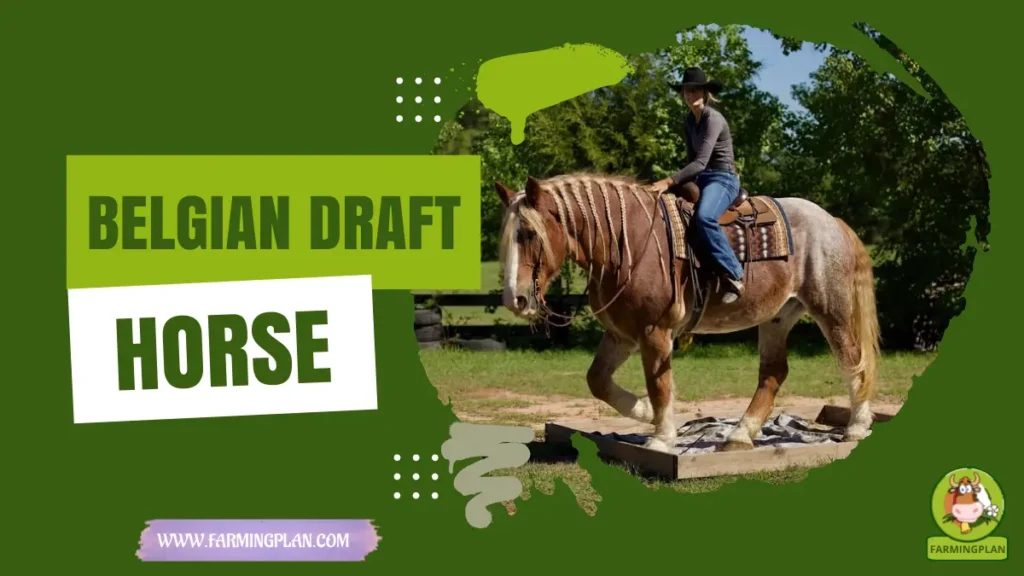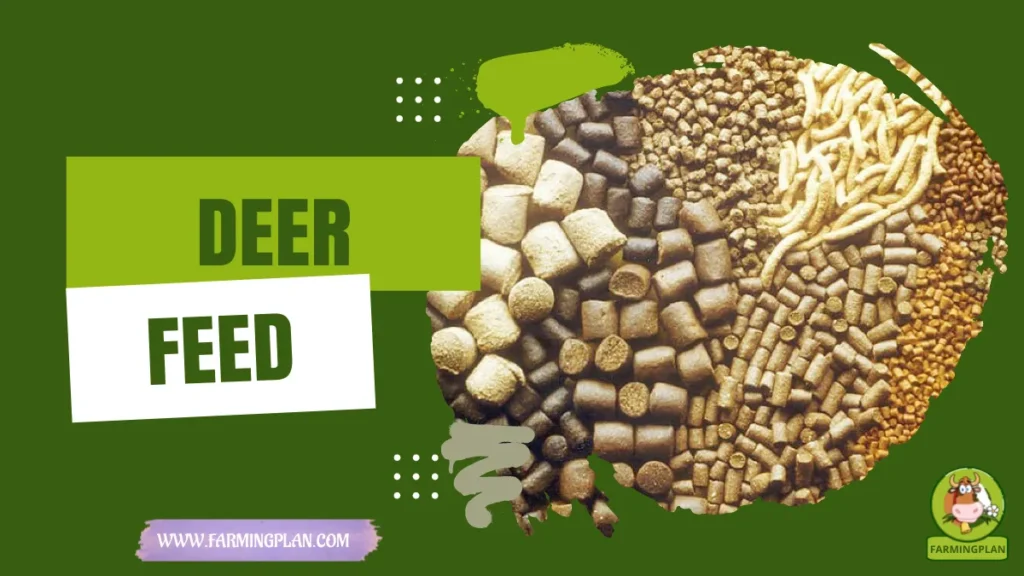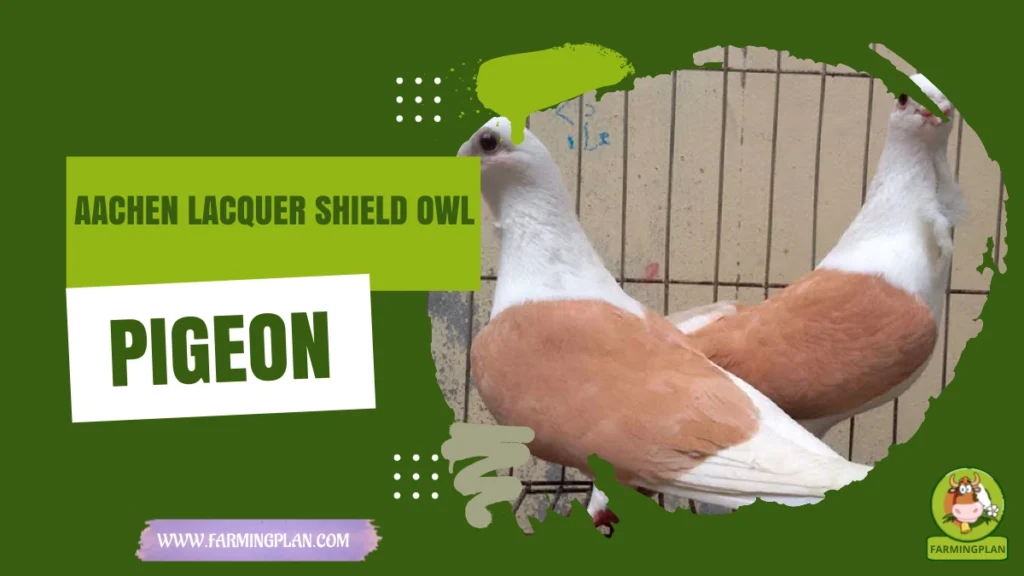The moment I saw a Belgian Draft Horse closely, I could not believe my eyes at how huge the animal was. However, its nonthreatening disposition was what struck me the most. These are not only strong working machines, they are some of the faithful and hardworking animals you can ever come across. Belgian Draft Horse brings together all my knowledge of how the Belgian Draft Horse evolved, taking its origins back to Europe as well as giving you feeding tips, training tips, how I take care of my Belgian Draft Horse and many more facts in this article. You like heavy draft breeds, or maybe you are a farmer or maybe you are a horse hobbyist.

History & Origin: From Flemish Fields To American Farms
The Belgian Draft Horse story is a trek in history that began in medieval times with the Great Flemish which was used in full battle dress by the knights. These strong war horses developed as time passed on to what we know today as the Belgian Draft or Belgian Heavy Draft a breed with a history full of tales to tell.In the 1800s, Belgium refined these horses into an official breed, and not long after, they started arriving in the U.S. With events like the St. Louis World’s Fair and expos like the International Livestock Exposition, Belgian horses gained popularity across America. Even George Washington had a few early imports on his estate at Mount Vernon!
After the World Wars, American breeders started to favor a stockier, chestnut-colored version—this is what we now call the American Belgian Draft Horse. Meanwhile, their European counterparts stayed a bit taller and more refined. Groups like the Belgian Draft Horse Corporation of America and the Belgian Association helped maintain strong breed standards, and today, the Belgian Draft Horse is one of the most popular and beloved heavy draft breeds in North America.
Characteristics: Uniqueness in muscle, Might, And Majestic Looks
You can spot a Belgian from a mile away.They are muscular with strong shoulders with a wide chest that shouts strength. They also have a lot of muscle on their hind quarters and so they can be used to draw heavy loads. And they are very stout, but they have unexpectedly shrimpy legs, and they look very humble to the ground. Their coat is normally in Blond Chestnut or in Mealy Chestnut or even Roan. The most outstanding is however their white facial patterns and creamy coloured manes and tails.
These big gentle mammals weigh approximately 2,000 pounds; are 16 to 18 hands tall. And we can not do without Big Jake, the largest horse in recorded history, who was, of course, a Belgian Draft. They are not also simply big by being big. They are constructed as power and endurance horses, so they are destined to get a score on the athletic arenas and in the ring.
Nature & Temperament: The Gentle Giants Of The Farm
If you’ve never been around a Belgian Draft horse before, you might expect them to be intimidating. But let me tell you—they’re some of the calmest and most agreeable horses I’ve ever handled. Their personalities are just as solid as their builds. They’re gentle, smart, and eager to please. Whether you’re using them for farm work, carriage driving, or even trail rides, they stay focused and steady.
That’s why the Amish love them, and why they’re so popular in driving sports and trail safe driving events. They don’t spook easily, and they bond well with humans when treated kindly. Honestly, I trust my Belgian Draft Horse more than I trust my tractor sometimes. If you’re looking for a horse that’ll work hard without the drama, you can’t go wrong with this breed.
Read More: The Majestic Shire Horse: A Gentle Giant with a Rich History
Food & Diet: Fueling Strength The Right Way
The idea of feeding a Belgian Draft Horse may not sound scary enough even though these are really large animals. The thing is not to feed more but to feed better. I feed on a superior forage based ration supplemented by wheat bran, Mad Barn minerals, and Omega-3 fatty acids to promote energy and coat condition. Hoof and skin health also depend on nutrition, so I make sure their feed supports hoof growth and keeps their skin free from common issues like dermatitis. Even basic diet can be great when it comes to dealing with such a heavy-duty breed.
Usage/Purpose: Versatility After Muscle
It is possible that the primary purpose of the Belgian Draft Horse was to pull heavy carts and worked on the farms; however, they have proved to be quite versatile and can be used in many ways. I have seen them used in carriage work, trail competitions and even light jumping events. Yes, jumping! They are quite amazing in their adaptability. In the past, these horses were the backbone of agriculture, especially before machines took over.
Today, they still shine in driving sports, parades, and farm demonstrations. Many folks cross them with other breeds like Quarter Horses or Paints to create versatile hybrids for ranch work. Their size makes them perfect for sled pulling or hauling logs out of tough terrain. But don’t think of them as just “workhorses.” They’re also great partners in the show ring and even make wonderful companions for experienced riders.
Special Features: What Makes Belgians Truly Special
Belgian Draft Horse have a good mix of strength, temperament and history that makes them one of the most desirable types of drafts on the market. What I like best? Their capacity to drag absolutely ludicrous weights with shocking ease. They usually become the top performers during the pulling contests at the National Show or the World Fair. They also possess low-maintenance coats that are very good when you have to give care to several horses.
And then there are their iconic bloodlines, whether it is Sir Laet or their reference to pop culture in the likes of Red Dead Online. What is impressive about them, though, is that they get the raw power to jive with emotional capability. They are the type of the horse which will read your mood, react to your voice, and will always want to do their best no matter what you want them to do.
Read More: http://Clydesdale Horse: The Gentle Giants of the Equine World
Health Issues & Prevention: Keep Them Strong And Sound
Like all breeds, Belgian Draft Horse have their health quirks. I always keep an eye out for Chronic Progressive Lymphedema (CPL). It’s a condition where fluid builds up in the lower legs, leading to swelling and skin problems. Frequent leg inspections and exercise help keep it at bay. Another thing to watch for is Junctional Epidermolysis Bullosa (JEB)—a serious genetic disorder. That’s why I always work with breeders who do DNA testing. I also check regularly for Pastern Dermatitis, especially in wet or muddy pastures. Good hygiene, hoof trimming, and a dry, clean environment go a long way. If you manage their care proactively, these horses stay healthy and happy for years.
Kindness Builds Trust—Even The Strongest Draft Horse Needs Gentle Hands.
Step-by-Step Farming Guide For Raising Belgian Draft Horses
Looking to raise a Belgian Draft Horse? This step-by-step farming guide walks you through everything—from selecting healthy stock to feeding, training, and daily care. Learn practical tips to keep your Belgian horses strong, healthy, and happy on any farm. Whether you’re a beginner or seasoned horse owner, this guide offers the real-world advice you need to get started right.
Step 1: Choose Healthy Stock
When I started out, I quickly learned that the health of your Belgian herd depends heavily on your first choice. Always go with reputable breeders who are known for ethical practices and perform genetic testing, especially for Junctional Epidermolysis Bullosa (JEB)—a serious inherited disease that can affect foals. I make sure the horse has clear eyes, clean nostrils, a shiny coat, and solid, symmetrical hooves. They should walk without stiffness or uneven steps. Temperament matters, too—a good Belgian will be calm but alert, with an even disposition. Don’t be shy about asking breeders for documentation.
Associations like the Belgian Draft Horse Corporation of America or the Belgian Horse Registry can provide a lineage background and health history. I also schedule a pre-purchase veterinary exam, even if the breeder offers health papers. A vet can detect issues that aren’t obvious to the eye, like joint sensitivity or early respiratory trouble. And here’s a tip from experience: If you’re new to the breed, start with one or two horses. Belgian Draft Horse are big animals, and learning to manage even one the right way can set you up for long-term success. Quality beats quantity—every time.
Step 2: Set Up Shelter and Space
Belgian Draft Horse aren’t just big—they’re heavy, strong, and active. They need space to roam and a shelter that’s built to last. I give each of my horses a stall at least 12×14 feet, with solid walls, good ventilation, and plenty of dry bedding like straw or shavings. Moisture is your enemy—it leads to hoof rot and skin infections fast. Your fencing needs to be strong—post-and-board or no-climb wire fencing works well. Forget the flimsy stuff. These horses will test anything that looks weak, especially when they lean or scratch against it.
Out in the field, I make sure there’s plenty of open pasture for movement. Belgians love to walk, graze, and stretch their legs. In winter, I set up windbreaks or run-in sheds to protect them from cold gusts. I also check the footing often. Uneven or frozen ground can lead to serious joint stress or falls. If possible, keep water troughs heated in cold climates and shaded in summer. And make sure gates are wide enough—these horses aren’t squeezing through anything narrow! A thoughtful, well-planned setup makes all the difference in keeping your Belgian Drafts healthy and stress-free.
Step 3: Build a Proper Feeding Program
Feeding a Belgian Draft Horse isn’t just about giving more food—it’s about balanced nutrition tailored to their massive frames and slow metabolism. I always start with high-quality forage—timothy hay, orchard grass, or alfalfa mix—and allow for free-choice grazing when possible. Belgians thrive on a forage-first diet, but they need added nutrients to stay in top shape. I work with a local equine nutritionist and use custom grain blends or supplements, like those from Mad Barn, formulated specifically for draft breeds. They help maintain energy without risking excess weight. That’s important because heavy horses are prone to joint stress and metabolic issues.
I also include Omega-3 fatty acids to support coat shine and reduce inflammation, especially during active work seasons. A mineral block in every stall provides extra calcium, salt, and magnesium. Clean, fresh water is non-negotiable. A horse this size drinks up to 15 gallons a day, especially in summer. I check water levels twice a day and clean troughs weekly. Pro tip? Track feed intake daily and adjust based on the horse’s activity level and weight. It’s easier to prevent a problem than fix one later. Nutrition makes or breaks a Belgian’s long-term health.
Step 4: Prioritize Hoof and Skin Care
Belgian Draft Horse carry a lot of weight on four legs, so hoof care is not optional—it’s essential. I schedule farrier visits every 6 to 8 weeks, and I check their hooves myself at least every other day. I look for cracks, bruises, or any signs of lameness. A big horse with a sore hoof is an unhappy horse—and they won’t hide it for long. Muddy pastures and wet stalls can lead to thrush, hoof rot, and pastern dermatitis, especially in humid climates. That’s why I keep stalls dry and use rubber mats for extra support. I also apply hoof conditioners during dry months to prevent brittleness.
As for skin, Belgian Draft Horse are prone to Chronic Progressive Lymphedema (CPL) and dermatitis. I check their legs daily, especially around the pasterns, and gently clean with warm water when needed. I dry the area thoroughly and apply natural balms or antiseptic creams to prevent irritation. Grooming is part of the routine, too. Brushing not only keeps their coat clean but helps you spot any trouble early. A clean Belgian is a healthy Belgian. And trust me, once they get used to the routine, they love the attention.
Step 5: Train and Work Gradually
Training a Belgian Draft Horse takes time—but it’s worth every minute. These horses are smart and eager to learn, but they don’t respond well to pressure or rough handling. I start with basic ground manners: walking, halting, backing up, and standing still. Keep commands short and consistent. A firm but gentle hand goes a long way. Once they’re comfortable, I introduce them to harness work—first with an empty sled or cart, then gradually with light loads. I always let them walk the equipment first before attaching anything. Belgians are naturally curious, and they appreciate a chance to sniff and inspect before diving in.
Driving training comes next—long-lining, voice commands, and slow-paced pulling drills. Some Belgians also enjoy trail rides, especially when paired with a calm rider. Their temperament makes them great companions for farm chores or quiet hacks through the woods. Positive reinforcement is key. I use pats, calm praise, and sometimes treats to reward good behavior. Rushing the process will only frustrate both of you. Go slow, stay steady, and your Belgian will become a dependable, well-rounded partner for life.
Read More: Suffolk Punch Horse: The Hidden Power Behind Its Calm Exterior
Expert Tips & Best Practices
- Tip: “Strong Doesn’t Mean Stubborn—Belgian Horses Love Routine And Kindness.”
- Stick to consistent feeding and grooming routines.
- Join events by United States Equestrian Federation to connect with other breeders.
- Invest in custom-fit tack to prevent sores and discomfort.
- Never skip farrier visits—those big hooves need pro care.
- Use soft bedding to protect joints and reduce leg fatigue.
FAQ
What is the lifespan of a Belgian Draft Horse?
With good care, they usually live between 18 to 22 years.
Are Belgian horses good for beginner riders?
Yes, thanks to their calm and steady temperament, they’re beginner-friendly—just make sure you’re comfortable with their size.
How much weight can a Belgian Draft Horse pull?
These horses can pull over 8,000 pounds in teams during competitions.
Do Belgian Drafts need different tack?
Yes, due to their size, they need heavy-duty, draft-sized tack for comfort and safety.
Are Belgian horses used in riding or only pulling?
Are Belgian horses used in riding or only pulling? A: They’re great for pulling, but many are trained for trail riding and even jumping events.
Conclusion
Belgian Draft Horse is not only a working horse that just works, it is a partner. Whichever category a person is interested in as farming, competing in various horse contests, or just keeping a company of a quiet, faithful horse, the Belgian has it all. When treated as well, fed appropriately, and trained, this heavy draft breed can live long years and become an inseparable component of any farm or homestead. I have tried quite a few breeds, but there is something special with the Belgian. Powerful, intelligent, and willing at any time to give a hoof–what more do you want?


